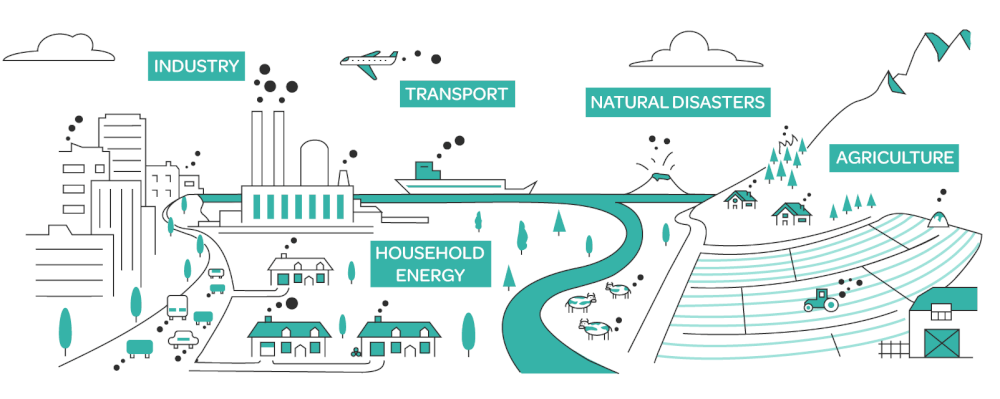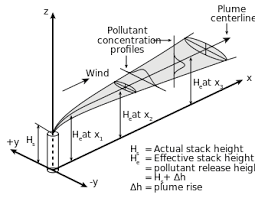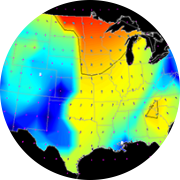Atmospheric Pollution Control AM216021 Current Open for UCT
Topic outline
-
General information
 This course provides fundamental knowledge in the nature of atmospheric pollution, relative types, correlated effects, control principles and applications.
This course provides fundamental knowledge in the nature of atmospheric pollution, relative types, correlated effects, control principles and applications.
The interactive video conferencing-based tools are available in Microsoft Teams and Zoom Video Communications (screen share interactive face-to-face learning).


-
Extra information associated with a particular point in a document or other piece of information
-
Contact, profile, and consultancy tools with the professor
-
General principles, pedagogy and management strategies used for classroom instruction
-
Types and grades of qualification suggested to follow the course
-
Resources used in teaching and learning to help achieve desired studying objectives
-
The amount of working time expected or assigned students
-
General endpoints of knowledge and understanding after the study
-
Function indicates that the study should completed with substantially quality and credit
-
Assessment by lecturer of all aspects of the learning experience
-
Recommended textbooks, reference books, workbooks and handbooks
-

An informal gathering where current students can learn all about
(designed openly for enrolled participants)
-
-
-
Lecture 15. Fundamentals of atmospheric dispersion modeling Lesson


Key issues:
- Characterizing the nature, location, and intensity of emission sources for accurate modeling
- Utilizing high-quality meteorological data to accurately simulate atmospheric conditions
- Challenges associated with modeling dispersion in areas with complex topography or urban landscapes
- Distribution of particle sizes emitted from sources to account for variations in dispersion behavior
- Sensitivity analyses to understand the impact of input parameters on model outcomes
- Simultaneous dispersion of multiple pollutants and their interactions
- Emergency response planning and preparedness in case of accidental releases
- Quantifying and communicating uncertainties associated with dispersion model predictions
- Validating the performance of models against observed data
- Ensuring that dispersion modeling meets regulatory requirements and standards
-
-
-
-
-
Individual presentation 15 Workshop

Title 15: Air dispersion scenarios, estimated concentration and pollution prediction
-
Practical exercise series / Topics 30 and 31 Assignment

Topic 30. Basic fixed box model, 8pts
(a. 4 pts / b. 2 pts / c. 2 pts)
Topic 31. Gaussian dispersion model with reflection, 8pts
(a. 2 pts / b. 2 pts / c. 2 pts / d. 2pts)
-



 WRF-Chem
WRF-Chem